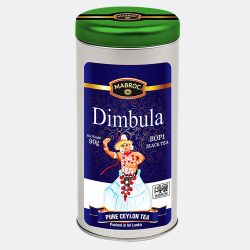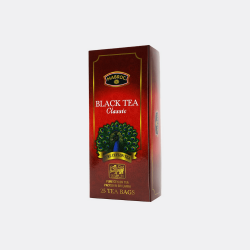A Culture Intertwined with Tea
In Japanese culture, Tea is deeply ingrained in daily life and customs. It is consumed in various forms throughout the day, and can be found at restaurants, vending machines, convenience stores, and kiosks, among other places.
Tea and Japanese culture are intertwined so much that Japanese proverbs are thought using Tea:
1. Proverb: Even spent tea leaves become fertilizer
Lesson: Nothing is completely useless, you can find a use for everything
2. Proverb: an ogre also turns 18, bancha is also freshly served
Lesson: Even the lowly bancha tastes good when it’s freshly served. Likewise, an ugly ogre can also be considered beautiful in his peak of youth. Everybody looks good in his prime.
3. Proverb: If you drink the first ear of tea, you will be hated
Lesson; the first ear of tea is referring to shincha, the first flush of the year. One shouldn’t drink a good tea by oneself, it’s better to share it with others.
History of Tea in Japan
Tea was first introduced to Japan in the 700s by the Chinese. However, during the Nara period from 710-790, it was mainly consumed as a medicinal beverage by priests and nobles. It was not until the Kamakura period (1190-1300) that Eisai, the founder of Zen Buddhism, introduced the method of powdering Tea leaves to create the famous Matcha.
Origins of the Japanese Tea Ceremony
Subsequently, Tea became increasingly prevalent in Japanese society during the Muromachi period. Tea parties became a popular pastime, with guests engaging in games where they would identify the type and origin of the Tea being served. Hosts would use their best utensils to serve the Tea.
Over time, this practice evolved into the meditative and ritualistic Japanese Tea Ceremony that is now widely known and appreciated. These intimate gatherings were held in small rooms with a focus on etiquette and spirituality, and the host would serve Tea to each guest, fostering a deeper sense of connection.
The Japanese Tea Ceremony
The traditional Japanese Tea ceremony is a ritualistic and ceremonial practice that involves the preparation, serving, and consumption of Tea. It emphasizes the values of mindfulness, calmness, and a Zen-like state, and is meant to foster a deep connection between the host and guest through silent communication.
Unique Tea Products
As previously stated, Tea is a highly versatile ingredient in Japan and is used in a variety of ways, including in drinks, desserts, and various recipes. Its versatility knows no bounds.
Present Tea Culture
Green tea is the most popular type of tea in Japan, with Matcha, Sencha, Gyokuro, and Genmaicha also being consumed in significant amounts. In Japan, tea is commonly consumed as a hot or cold beverage, and its taste and aroma are highly appreciated. Additionally, it is believed to have health benefits, such as fighting off colds and infections, slowing down the effects of aging, lowering blood pressure, and promoting healthy circulation. Convenient vending machines offering a variety of hot and cold drinks are available throughout the country, with over 5.5 million machines in operation. The popularity of black tea has been growing since the 1980s, with the introduction of many international tea brands. British tea culture has also become popular, with blends like English breakfast, Afternoon Tea, and Earl Grey gaining popularity. British-style tea rooms are packed with customers enjoying a casual cup of black tea or a high tea experience, complete with sandwiches, scones, jam, and imported clotted cream served in elegant English tea ware.
Ceylon Tea and Japan
In the mid 1980s, Ceylon Black Teas were a sought after commodity and fetched high prices in the Japanese markets due to its distinctive characteristics. Ceylon (Sri Lanka) is a large exporter of Black Teas to Japan.
The Ceylon Black Tea blended and packaged by Mabroc was made specifically for the Japanese market keeping in mind the preferred characteristics enjoyed by many in the country. It is available in 150G loose Ceylon Black Tea packs, 25 Tea bag, 50 Tea bag and 100 Tea bag forms.









